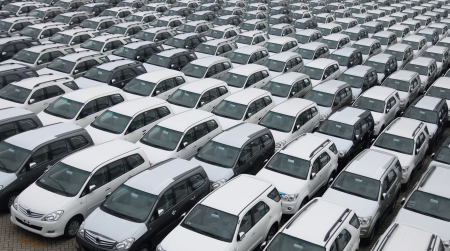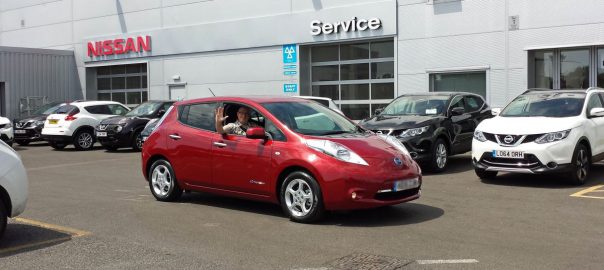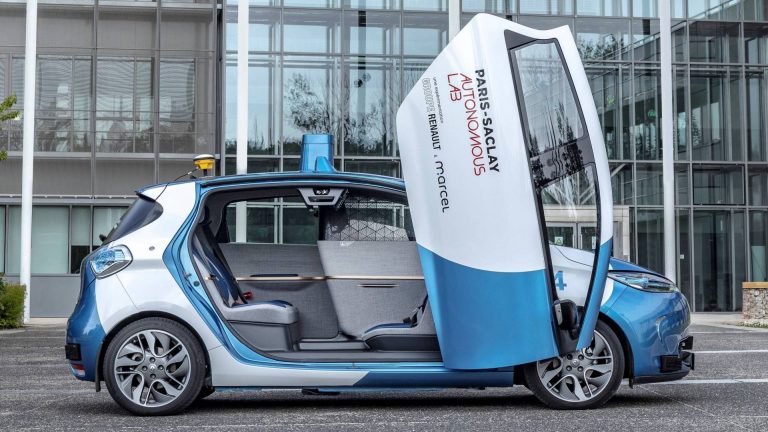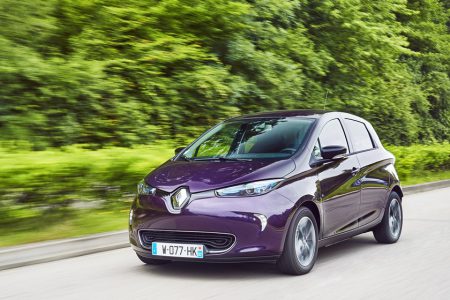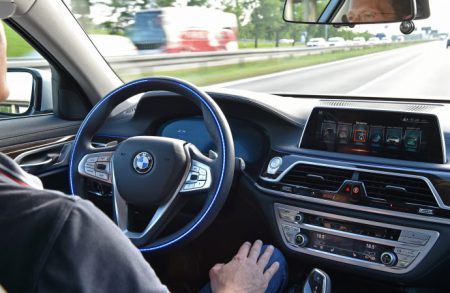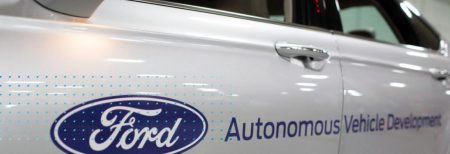The company says the £4bn investment will create up to 4,000 new direct jobs and thousands more in the wider supply chain.
The owner of Jaguar Land Rover has unveiled plans to build an electric car battery factory in the UK.
Tata Group says it’s planning to invest more than £4bn, with Prime Minister Rishi Sunak declaring that the new plant in Somerset will create thousands of skilled jobs for Britons across the country.
The deal is the culmination of months of talks with the government over taxpayer subsidies to fend off reported competition for the investment from Spain.
It marks a step in the right direction for UK ministers amid mounting challenges over the transition to electric powertrains, as the clock ticks down to the 2030 ban on the sale of new cars using petrol or diesel.
According to Tata Group, this marks one of the largest-ever investments in the British automotive sector, and the gigafactory will deliver half of the battery production needed by 2030.
Read more: skynews
It’s Time to Go Green!
If you would like to know more about Solar Panels and the PowerBanx range of home battery systems, and get a free instant quote, please complete our online form:

